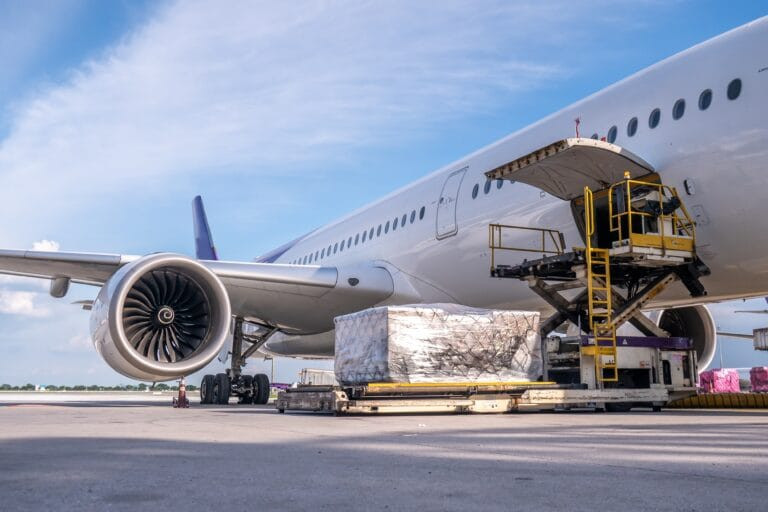W ith disruptions ranging from port congestion to customs delays and geopolitical unrest, traditional static planning tools fall short. Today’s logistics demands dynamic, adaptive solutions that not only track cargo but optimise how it moves across multiple modes and carriers — in real time.
Modern route planning in logistics must go beyond simple mapping and schedules. “Our proprietary routing engine is built exclusively for freight,” explains Archival Garcia, CEO of Fluent Cargo.
“At the heart of our technology lies a sophisticated multi-layered routing system using Dijkstra’s algorithm, A* search, and proprietary data partitioning,” Garcia says. This adaptive graph structure treats logistics hubs as nodes with connections that dynamically adjust based on real-time conditions. This approach delivers vetted routing options in seconds, rather than hours, enabling users to prioritise cargo-only routes, avoid risky areas, or filter preferred ports on the fly.
“The flexibility to instantly evaluate multiple carriers and transit modes is a game changer,” Garcia adds.
Reducing disruptions
Fluent Cargo’s platform is already delivering tangible results across various industries—from pharmaceuticals to live events and manufacturing.
One compelling example comes from the agricultural sector. Sensonomic, a yield prediction provider for growers, faced major disruptions affecting Southern Hemisphere table grape exporters. “With Panama Canal drought delays creating queues and security issues disrupting Red Sea routes, these perishable goods, which spend 2-3 weeks in transit, face serious quality risks,” Garcia explains.
Using Fluent Cargo’s platform, Sensonomic quickly evaluated shipping times from key Peruvian ports to markets like Rotterdam, Philadelphia, and Hong Kong.
“Their research highlighted significant price discrepancies caused by logistics delays,” Garcia adds. Dr. Adam Formica, Sensonomic’s Chief Science Officer, noted: “Fluent Cargo serves as a valuable window into shipping, helping connect on-farm operations to broader logistics and market dynamics.”
Another example came during the US-China tariff reduction window, where customers used Fluent Cargo to identify optimal routing amid rapidly rising shipping costs—up 16-19 percent weekly. “This enabled businesses to clear customs timely before regulatory changes took effect,” Garcia says.
From advantage to operational necessity
“Real-time visibility has shifted from a nice-to-have to an operational imperative,” Garcia asserts. Traditional monthly planning systems can’t keep pace with today’s volatile market conditions.
Partnerships play a big role in expanding visibility. Fluent Cargo’s integration with DP World’s extensive carrier network creates a unified platform eliminating the fragmentation that has long plagued logistics tracking.
“This addresses a fundamental challenge: no global standards exist for data sharing, resulting in siloed, inconsistent visibility,” Garcia explains. “Our vision is a collaborative ecosystem where information flows seamlessly between stakeholders, transforming visibility from passive tracking into active decision support.”
The future, he says, isn’t about more data but about breaking down silos and fostering collaboration to enable smarter, real-time supply chain management.
AI and Predictive Analytics
Fluent Cargo’s platform is also built to help logistics managers react swiftly during disruptions—whether trade wars, airport closures, or sudden rate spikes. “We provide immediate decision support through route searches, schedule lookups, delay notifications, and alternative routing options,” Garcia explains. This empowers users to maintain supply chain continuity even amid crisis.
AI plays a growing role in Fluent Cargo’s capabilities. “The real challenge is not developing AI but implementing it thoughtfully to solve real business problems,” he says. Their platform currently uses algorithms to predict transit times more accurately and proactively flag potential delays before they happen.
Garcia highlights an ongoing research partnership with top Australian universities, aiming to combine AI with supply chain risk management to detect disruptions proactively across complex networks. “This helps logistics managers shift from reactive firefighting to proactive management, reducing both operational and financial impacts.”





